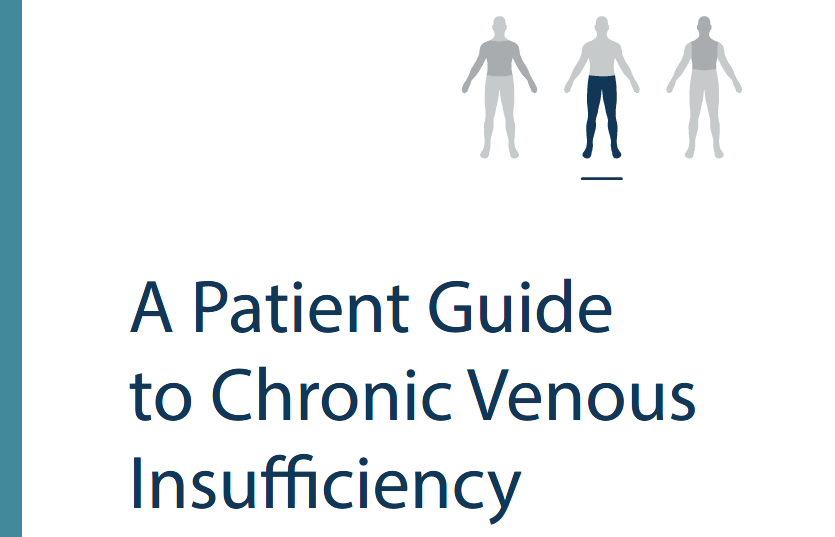Patient Resources to Learn About Chronic Swelling
Read More

Chronic venous insufficiency (CVI) occurs when veins are unable to overcome the force of gravity and return blood to the heart. This can happen due to a weak calf muscle pump, or when veins are either damaged or become less efficient as we age. In patients with CVI, blood collects in the lower legs, causing high pressure in the veins. This high pressure can force an increased amount of fluid and proteins to filter out of the blood vessels and into surrounding tissue, which can lead to chronic swelling.
Also known as lymphedema, chronic swelling is a progressive condition in which excessive protein-rich fluids accumulate in the body’s tissues. A compromised or non-functioning lymphatic system places patients at risk of medical complications including recurrent skin infections known as cellulitis.
CVI is a progressive condition that requires active management. It’s important to first get an accurate diagnosis. If you are experiencing any of the following symptoms, ask your physician about seeing a Vein Specialist:
A simple ultrasound test can provide an accurate diagnosis. Once diagnosed, there are treatments designed to lower venous pressure and minimize leg swelling (edema). One treatment, compression, will remain an important part of managing your condition regardless of your other treatments.
Some things you can do to manage CVI include:
Your doctor may also recommend any of the following:
CVI patients often wait too long to get help, increasing their risk of worsening complications. We hope this Patient Guide to Chronic Insufficiency will help your education efforts. It highlights the importance of both venous and lymphatic treatment in restoring normal blood and tissue-fluid circulation, thereby reducing swelling and improving immune function.
Click to download, “A Patient Guide to Chronic Venous Insufficiency.”
Call us at 1.833.3TACTILE (1-833-382-2845)